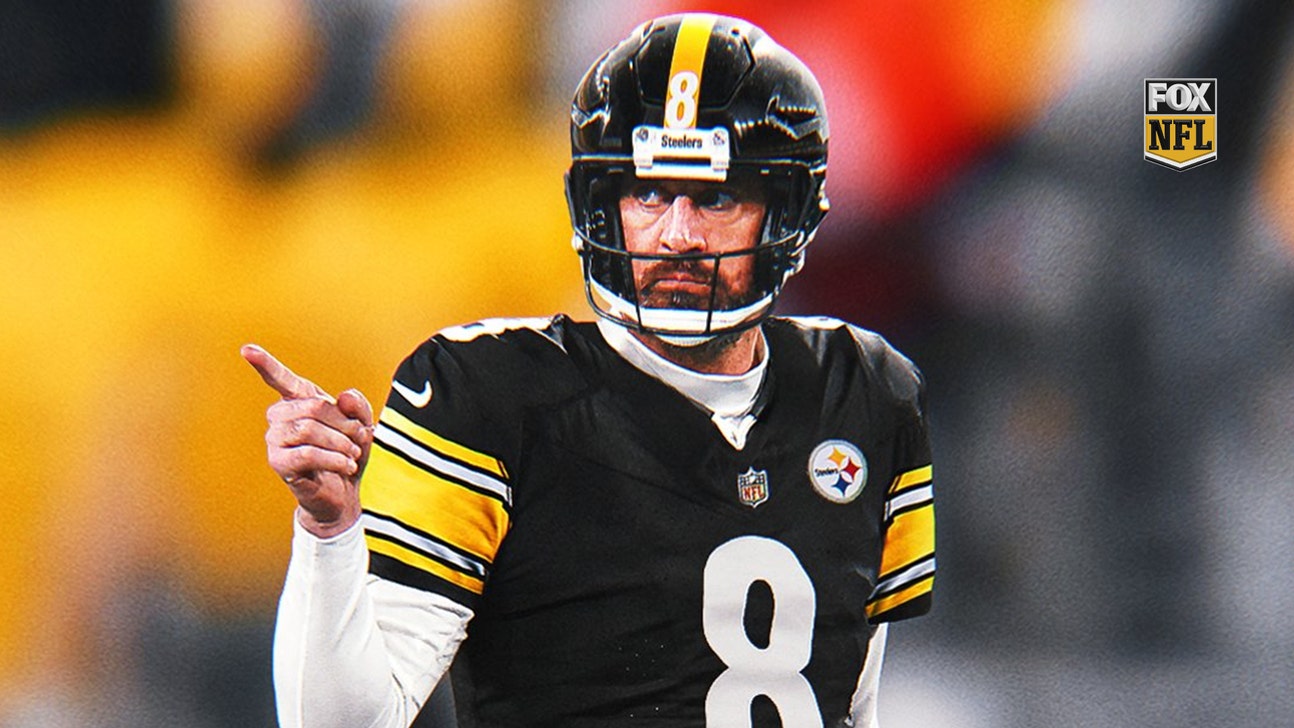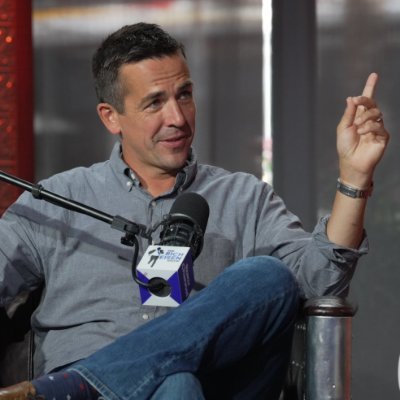Browns and Jaguars Pull Off Major Trade: Greg Newsome for Tyson Campbell
Browns general manager Andrew Berry has had a busy start to this week after the team returned from London. On Tuesday, the Browns sent Joe Flacco to the Bengals for the first-ever trade between the divisional rivals. They followed it up on Wednesday night by sending Greg Newsome Jr. and a 2026 sixth-round pick to the Jaguars for cornerback Tyson Campbell and a 2026 seventh-round pick.

Browns send Greg Newsome to Jaguars for Tyson Campbell
Newsome has been the topic of trade discussions for quite some time now, especially after the emergence of Martin Emerson Jr. over the last few years. However, Newsome had moved back to the outside after Emerson's season-ending injury, and he has played opposite Denzel Ward in a thin cornerback room. He's performed well this year and looked like a possible extension candidate as his current deal is set to expire after the season.
The timing of this move is more surprising than anything, and it seems like a move that was done mostly because of Newsome's contract situation. Campbell was signed to a four-year, $76 million deal after a good year in 2024 and is under team control through 2028. He was rewarded with a significant deal following a solid season, but the new regime is opting to go a different direction after he hasn't played up to form to start the season.
Anthony Reinhard gave a simple breakdown of how Campbell's contract is structured, saying the Browns are basically committing to another year for $5 million with two $16 million options for 2027 and 2028. Newsome is still due $10 million for the rest of the season while a large portion of Campbell's deal has already been paid, so this is a way to save some cap space assuming they feel Campbell and Newsome are in the same talent tier.
Cleveland counted on Newsome to handle tough one-on-one man coverage matchups at times, so Campbell is in line for a significant role in this secondary. It will be interesting to see how quickly he's integrated into the defense with a game just days away.
Steelers’ Quarterback Gamble: Why Aaron Rodgers Was Chosen Over Justin Fields and What Lies Ahead

The Pittsburgh Steelers entered the 2025 offseason with a clear mandate: win now. With a talented, aging defense led by stars T.J. Watt and Cam Heyward, the team recognized that their window to compete for a championship was narrow. That urgency drove the decision to pursue Aaron Rodgers in free agency, a move signaling a “maximize the moment” mindset rather than building for the long term.

ESPN NFL analyst Albert Breer recently offered insight into the Steelers’ quarterback strategy in his mailbag, explaining why the team ultimately passed on the younger, highly touted Justin Fields. “Part of the equation in signing Aaron Rodgers was that they only had so many swings left with guys such as T.J. Watt and Cam Heyward, and wanted to take advantage of the opportunity in front of them,” Breer wrote. “They actually did look really hard at bringing back Justin Fields, but what stopped them, as best I could ascertain, was that they needed to find a way to move the needle at that spot to become more than the fringe playoff team they’ve been the past few years.”
Fields, just 26 years old, was widely seen as a potential cornerstone for Pittsburgh’s future. He had already demonstrated promise in Chicago and showed flashes of high-level quarterback play. Yet, the Steelers were more concerned with immediate results. Rodgers’ Hall of Fame pedigree and championship experience outweighed the potential of developing Fields over the next several years.

This approach mirrors past Steelers decisions, such as the switch to Russell Wilson after Fields had them at 4-2 last season. Experience and proven skill at the quarterback position have consistently been prioritized over longer-term development when the team believes the defensive window is closing. The hiring of Rodgers, then, was less about ignoring Fields and more about seizing the opportunity to maximize the team’s competitive window.
Breer also warned of what lies ahead once Rodgers’ era inevitably concludes. “This is their swing at it, and post-Aaron Rodgers, there’s probably a pretty serious retooling coming,” he wrote. While head coach Mike Tomlin’s position remains secure—he signed a three-year extension last offseason—the team’s leadership, including the Rooney family and general manager Omar Khan, will eventually have to decide how to transition the roster and coaching staff for the next era.
For now, the Steelers are focused on the 2025 season, with Rodgers under center leading a team loaded with veteran talent. But the clock is ticking. The “win-now” window that drove Rodgers’ acquisition is finite, and failure to reach the playoffs or make a deep run will accelerate discussions about roster changes, quarterback succession, and potential restructuring.
In essence, Pittsburgh’s strategy reflects both the promise and peril of operating in the present: Rodgers offers a chance to contend immediately, but the franchise must prepare for the post-Rodgers reality, which Breer predicts will involve a significant retooling and a new blueprint for long-term success.




